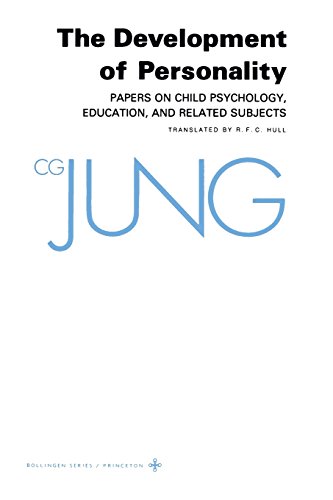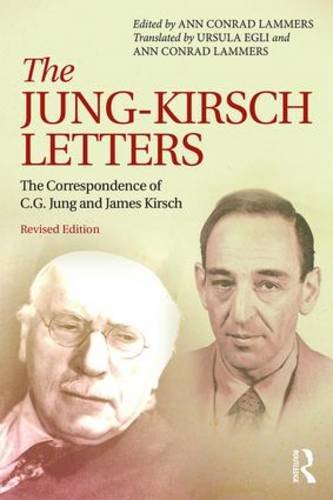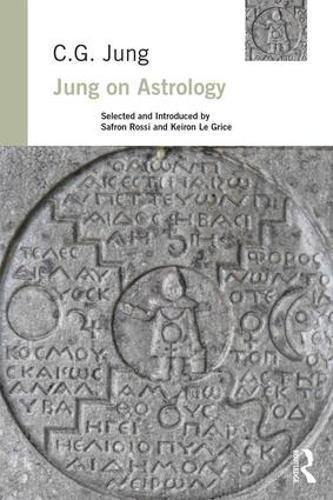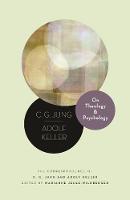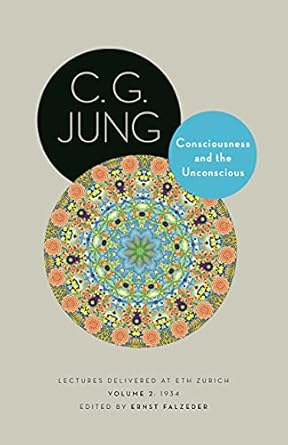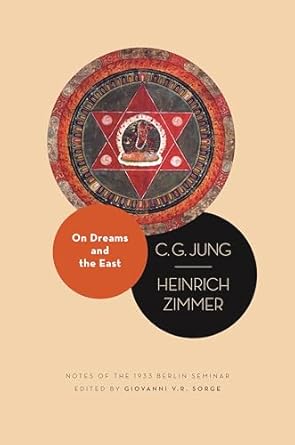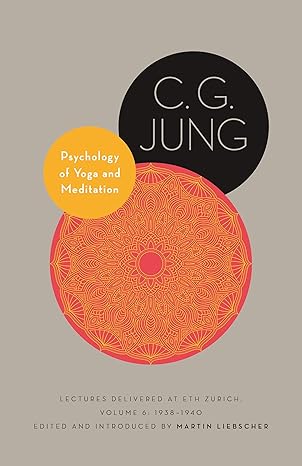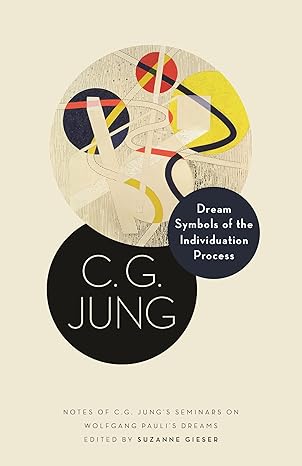C.G. Jung
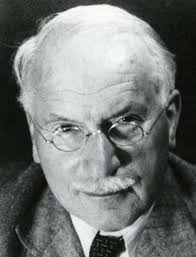
C. G. Jung (1875 - 1961) was a Swiss psychiatrist, innovative thinker and founder of Analytical Psychology, whose most influential ideas include the concept of psychological archetypes, the collective unconscious, and synchronicity. He is the author of numerous works, including Memories, Dreams, Reflections and Man and His Symbols.
The Development of Personality: Papers on Child Psychology, Education, and Related Subjects: The Collected Works of C.G. Jung: Vol. 17:
Papers on child psychology, education, and individuation, underlining the overwhelming importance of parents and teachers in the genesis of the intellectual, feeling, and emotional disorders of... (more)
The Jung-Kirsch Letters: The Correspondence of C.G. Jung and James Kirsch: Second Edition
This book charts Carl Gustav Jung's 33-year (1928-61) correspondence with James Kirsch, adding depth and complexity to the previously published record of the early Jungian movement. Kirsch was a... (more)
Psychological Types
Psychological Types is one of Jung's most important and famous works. First published by Routledge in the early 1920s it appeared after Jung's so-called fallow period, during which he published... (more)
Jung on Astrology
Jung on Astrology brings together C. G. Jung's thoughts on astrology in a single volume for the first time, significantly adding to our understanding of Jung's work. Jung's Collected Works, seminars,... (more)
The Earth has a Soul: The Nature Writings of C.G.Jung
Psychologist Meredith Sabini introduces a collection of Carl Jung's writings on the subject of nature. Jung asserts that society's loss of connection with nature has severed its link with the earthy,... (more)
The Spirit in Man, Art and Literature
This volume reveals the full range of Jung's involvement in this process, from his famous analysis of 'Psychology and Literature' to his landmark texts on Joyce's Ulysses and Picasso's paintings. (more)
On Theology and Psychology: The Correspondence of C. G. Jung and Adolf Keller
'This book collects highlights from the fifty-year correspondence between C. G. Jung (1875- 1961) and his friend Adolf Keller (1872-1963), a celebrated Swiss theologian who was one of the founders of... (more)
Analytical Psychology: Notes of the Seminar Given in 1925 by C.G. Jung
In 1925 Jung gave the first of his formal seminars in English. Beginning with a notable personal discussion of his break with Freud the seminars move on to discuss the collective unconscious,... (more)
Psychogenesis of Mental Disease (Collected Works: Vol. 3)
A collection of Jung's writings on psychosis which together contain the seeds of his theoretical divergence from psychoanalysis and provide insights into the development of his later concepts such as... (more)
The Freud/Jung Letters: Complete Edition
The complete letters between Freud and Jung, discussing colleagues, strategies for advancing psychoanalysis, and their ultimate split.
Consciousness and the Unconscious: Lectures Delivered at ETH Zurich, Volume 2: 1934
Between 1933 and 1941, C. G. Jung delivered a series of public lectures at the Swiss Federal Institute of Technology (ETH) in Zurich. Intended for a general audience, these lectures addressed a broad... (more)
On Dreams and the East: Notes of the 1933 Berlin Seminar
In the summer of 1933, C. G. Jung conducted a seminar in Berlin attended by a large audience of some 150 people, including several Jewish Jungians who would soon leave Germany. Hitler had begun... (more)
Psychology of Yoga and Meditation: Lectures Delivered at ETH Zurich, Volume 6: 1938–1940
Between 1933 and 1941, C. G. Jung delivered a series of public lectures at the Swiss Federal Institute of Technology (ETH) in Zurich. Intended for a general audience, these lectures addressed a broad... (more)
Dream Symbols of the Individuation Process: Notes of C. G. Jung's Seminars on Wolfgang Pauli's Dreams
In 1936 and 1937, C. G. Jung delivered two legendary seminars on dream interpretation, the first on Bailey Island, Maine, the second in New York City. Dream Symbols of the Individuation Process makes... (more)


